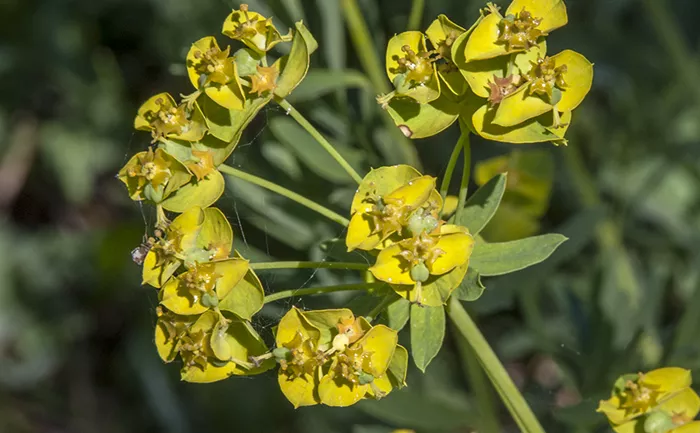As spring unfolds across Nebraska’s rangelands and pastures, the sight of blooming wildflowers may seem like a welcome burst of color. But agricultural experts are urging landowners and producers to take a closer look—those “pretty flowers” might actually be noxious weeds.
From late April through June, both native and non-native plants begin to grow and flower. This is also when invasive species are most likely to take hold.
According to Nebraska Extension, early identification and quick action are crucial to managing invasive plants before they become widespread and difficult to control.
“Now is the perfect time to scout your pastures and rangelands,” said local Extension specialists. “If you’re noticing unfamiliar plants or flowers, don’t ignore them. They could be invasive species that threaten native ecosystems and grazing lands.”
Several aggressive invaders are known to emerge during this time of year. These include:
- Leafy spurge
- Dalmatian toadflax
- Field bindweed
- Canada thistle
- Scotch, bull, and musk thistles
- Spotted and diffuse knapweed
- Common mullein
Other species like absinth wormwood and sericea lespedeza also pose a risk, though they may be less showy than other flowering plants. These weeds can quickly spread if left unmanaged, crowding out native vegetation and reducing the quality of forage for livestock.
Preventing Seed Spread
Experts recommend preventing invasive plants from going to seed as a key strategy. If weeds have already reached the flowering stage, cutting and bagging the seed heads before eliminating the plant can reduce the risk of further spread. Proper disposal of seed heads ensures that viable seeds aren’t accidentally introduced elsewhere.


